Cornelissen
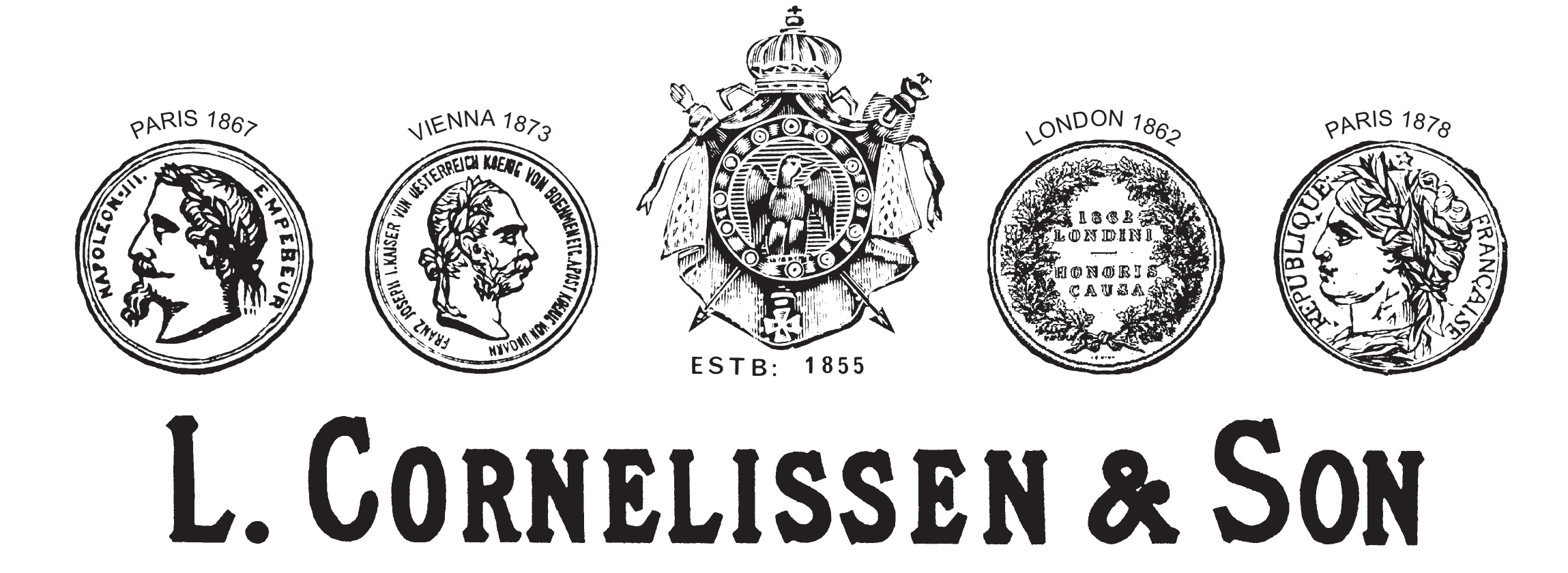
-
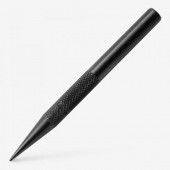
Easy Grip Crible Point Sharp No 93
£15.76Easy Grip Crible Point Sharp #93 A traditional crible point for creating indentations in the plate. 120mm length dot. -Heavy duty tool with tapered shaft ending in a small dot -Tempered steel Crible points are designed to put small holes or indentations in the surface of the plate, creating a dotted or stippled pattern. Learn More -
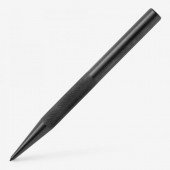
Easy Grip Crible Point Squat No 94
£15.76Easy Grip Crible Point Squat #94 Heavy duty tool with tapered shaft ending in a point Crible points are designed to put small holes or indentations in the surface of the plate, creating a dotted or stippled pattern. Learn More -
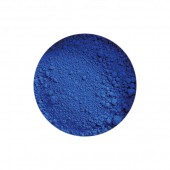
Azure Blue Pigment
Starting at: £12.00
Azure Blue Pigment (PB28). Inorganic pigment made from various aluminium, zinc and cobalt compounds. Semi-opaque. Weak tinting strength. Excellent Lightfastness.
Toxicity: C
Limeproof
Learn More -
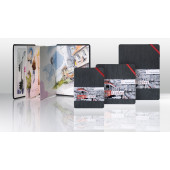
Hahnemühle Zig Zag Watercolour Book 300gsm
Starting at: £6.80
18 pages of fine-grained watercolour paper with internal and surface sizing, folded in an accordion style. Learn More -
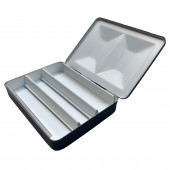
Cornelissen Enamelled Empty Boxes
Starting at: £28.70
Cornelissen Watercolour Empty Boxes. Please note that the empty pans are sold separately. Learn More -
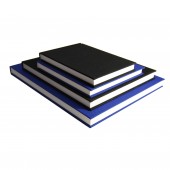
Cornelissen Watercolour Book
Starting at: £13.60
Call to Order
Cornelissen Watercolour Book. 160gsm Rough grain, Acid free hard bound linen cover. Learn More -
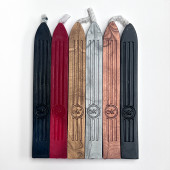
Sealing Wax Mura
Starting at: £2.26
Taper/wick throughout length. Well suited to craft purposes. Assorted colours including Blue, Red, Gold, Silver, Copper and Black. Learn More -
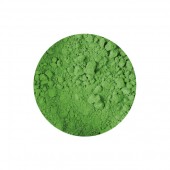
Cadmium Green Pigment
Starting at: £4.50
Cadmium Green is an artificial mineral pigment, a mixture of Cobalt and Cadmium Yellow. It is an opaque, lightfast, slow-drying pigment with a high tinting strength.
Toxicity C
Learn More -
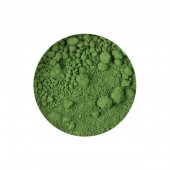
Chromium Oxide Pigment
Starting at: £4.50
Chromium Oxide is a synthetic mixed-metal oxide pigment. It is stable in all media and has an average drying speed in oil, forming a hard, fairly flexible paint film. It is opaque, with a low tinting strength. It has been widely available since the mid-nineteenth century, following its introduction in 1809.
Please note, unfortunately we are not able to send this product outside the UK.
Learn More -
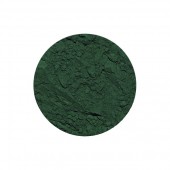
Cobalt Green Deep Pigment
Starting at: £9.20
PG19
Cobalt Green is a synthetic pigment that consists of compounds of cobalt and zinc oxides. It is sometimes referred to as Rinman's Green, after the Swedish chemist who discovered it in the late-18th century. It is a permanent, opaque colour, with a weak tinting strength. It dries quite quickly in oil, requiring a high oil content and forming a hard, fairly fleixible paint film. Cobalt Green is available in light and dark shades; the colour is determined by the amount of zinc oxide present.
Toxicity: B
Please note, unfortunately we are not able to send this product outside the UK.
Learn More -
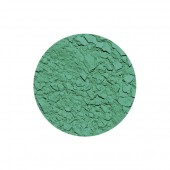
Cobalt Green Light Pigment
Starting at: £8.70
PG19
Cobalt Green is a synthetic pigment that consists of compounds of cobalt and zinc oxides. It is sometimes referred to as Rinman's Green, after the Swedish chemist who discovered it in the late-18th century. It is a permanent, opaque colour, with a weak tinting strength. It dries quite quickly in oil, requiring a high oil content and forming a hard, fairly fleixible paint film. Cobalt Green is available in light and dark shades; the colour is determined by the amount of zinc oxide present.
Toxicity: B
Please note, unfortunately we are not able to send this product outside the UK.
Learn More -
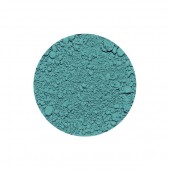
Cobalt Turquoise Pigment
Starting at: £15.00
Toxicity: B
Please note, unfortunately we are not able to send this product outside the UK.
Learn More -
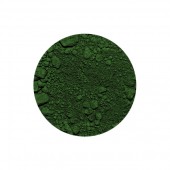
Phthalo Green Pigment
Starting at: £8.10
Phthalo (Mona) Green Pigment (PG7). Organic pigment (Chlorinated Copper Phthalocyanine). Transparent. Very high tinting strength. Excellent Lightfastness. Medium to slow drying rate. Requires wetting agent. Suitable for all media. Developed in 1927. Toxicity B Learn More -
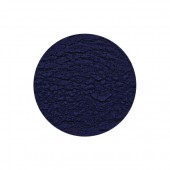
Phthalo Turquoise Pigment
Starting at: £17.00
Phthalo Turquoise Pigment (PB15.3, PG7, PW21). Mixture of Phthalo Green, Phthalo Blue and Blanc Fixe. Transparent. Excellent Lightfastness. Requires wetting agent. Toxicity B Learn More -
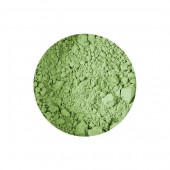
Terre Verte Pigment
Starting at: £4.00
Terre Verte, sometimes known as Green Earth, is a natural earth pigment derived from clay coloured by iron silicate. As with other natural pigments, impurities can prevent it from fully dispersing in an acrylic binder, although it is a popular pigment in all other mediums. It has been in use since antiquity, providing excellent lightfastness and great transparency, with a low tinting strength. It requires a high volume of oil, and dries slowly to create a soft, flexible paint film. When calcined, Terre Verte becomes Burnt Green Earth.
Toxicity B Learn More -
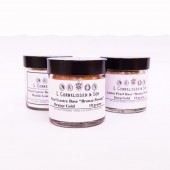
-
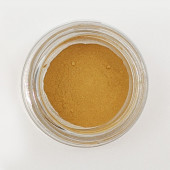
German Gold Powder 1 gram
Starting at: £47.00
Handcrafted, extra fine, genuine precious metal powders in a range of shades, all 1 gram in weight. These powders are produced using thin gold, silver and other precious metal leaf. A complex, manual process is undertaken to achieve the extremely fine-grained particle size of this extra fine powder.
Learn More -
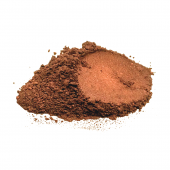
-
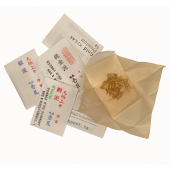
Japanese Gold & Precious Metal Powder
Starting at: £25.00
Premium quality, extra fine genuine gold precious metal powders handcrafted in Japan by experienced craftsmen, all 1 gram in weight. By crushing gold leaves finely and mixing them with melted glue, a paste is obtained, broken into pieces and transformed into powder, called « Kindei » Gold Powder. First, the 0,2 micron gold leaves are crushed into 3 microns pieces. Afterwards, the glue is washed out with water and dried. The powder obtained is as smooth and fine as flour.
Learn More -
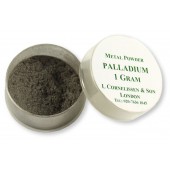
Cornelissen Gold Powder 1 g Palladium
£115.00Cornelissen Gold Powder 1 gram Palladium. *While stocks last. Learn More -
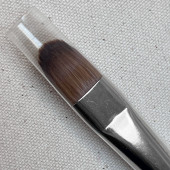
Cornelissen Oil Sable Filbert
Starting at: £8.45
Similar to the Sable Round but with a filbert shape combining the characteristics of rounds and flats. Excellent spring and colour holding capacity. Learn More -
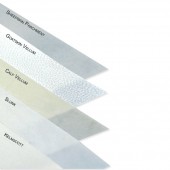
Sheepskin Parchment
Starting at: £11.75
Pale, thin and translucent. Only the flesh side can be used. A light dusting of sandarac powder is usually sufficient to prepare the surface for writing.
Please note: This is a natural product that has been finished and cut by hand. As such, there may be slight variations in the surface and size of each piece.
Learn More -
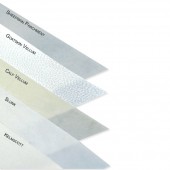
Goatskin Vellum
Starting at: £11.15
Medium to thick with a shiny surface. Distinctive 'pebbled' appearance makes it slightly more difficult to write on.
Please note: This is a natural product that has been finished and cut by hand. As such, there may be slight variations in the surface and size of each piece.
Learn More -
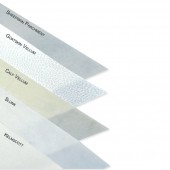
Calf Vellum
Starting at: £16.75
Medium to thick. Both sides useable for writing. Whiter and less translucent than parchment.
Please note: This is a natural product that has been finished and cut by hand. As such, there may be slight variations in the surface and size of each piece.
-
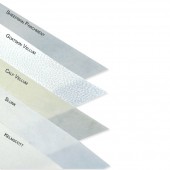
Slunk
Starting at: £16.75
Skin of young calves. Very fine and translucent. Requires little or no preparation before writing.
Please note: This is a natural product that has been finished and cut by hand. As such, there may be slight variations in the surface and size of each piece.
Learn More -
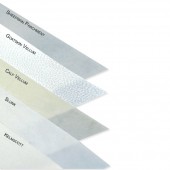
Kelmscott
Starting at: £19.55
Specially prepared to give a very smooth surface for painting or calligraphy.
Please note: This is a natural product that has been finished and cut by hand. As such, there may be slight variations in the surface and size of each piece.
Learn More -
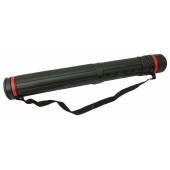
Telescopic Tubes
Starting at: £15.00
Extendable black plastic telescopic tubes for storing and transporting artwork of various sizes. Learn More -
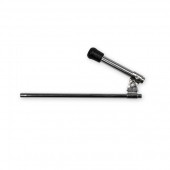
-
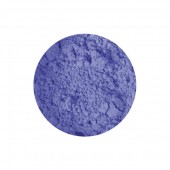
Cerulean Blue Pigment
Starting at: £14.50
PB35
Cerulean Blue is an artificial mineral pigment that is prepared by heating a mixture of Cobalt Chloride and Potassium Stannate. It was first synthesised in the early nineteenth century, becoming more widely used from 1870, when Rowney introduced Coeruleum Blue into their range. It produces a very bright, clear, and unusually opaque blue, hence its name, which is derived from the Latin for "sky-blue", or perhaps "heaven-blue". It has a very low tinting strength meaning that, although it is stable in all media, some artists may choose to bind it in poppy rather than linseed oil, so that the colour isn't affected by the colour of the binder. It creates a fairly flexible paint film, and is a fast-to-medium drying pigment.
Limeproof
Toxicity: B
Learn More -
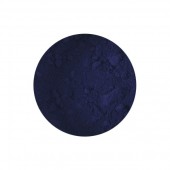
Indigo Blue Synthetic Pigment
Starting at: £5.50
Indigo Blue Synthetic Pigment (VB1). Organic pigment. Transparent. Good tinting strength. Moderate Lightfastness, slower fading rate than Genuine Indigo. Requires wetting agent. Suitable for oil and water-based media. Developed in late 19th Century. Toxicity A/B Learn More





